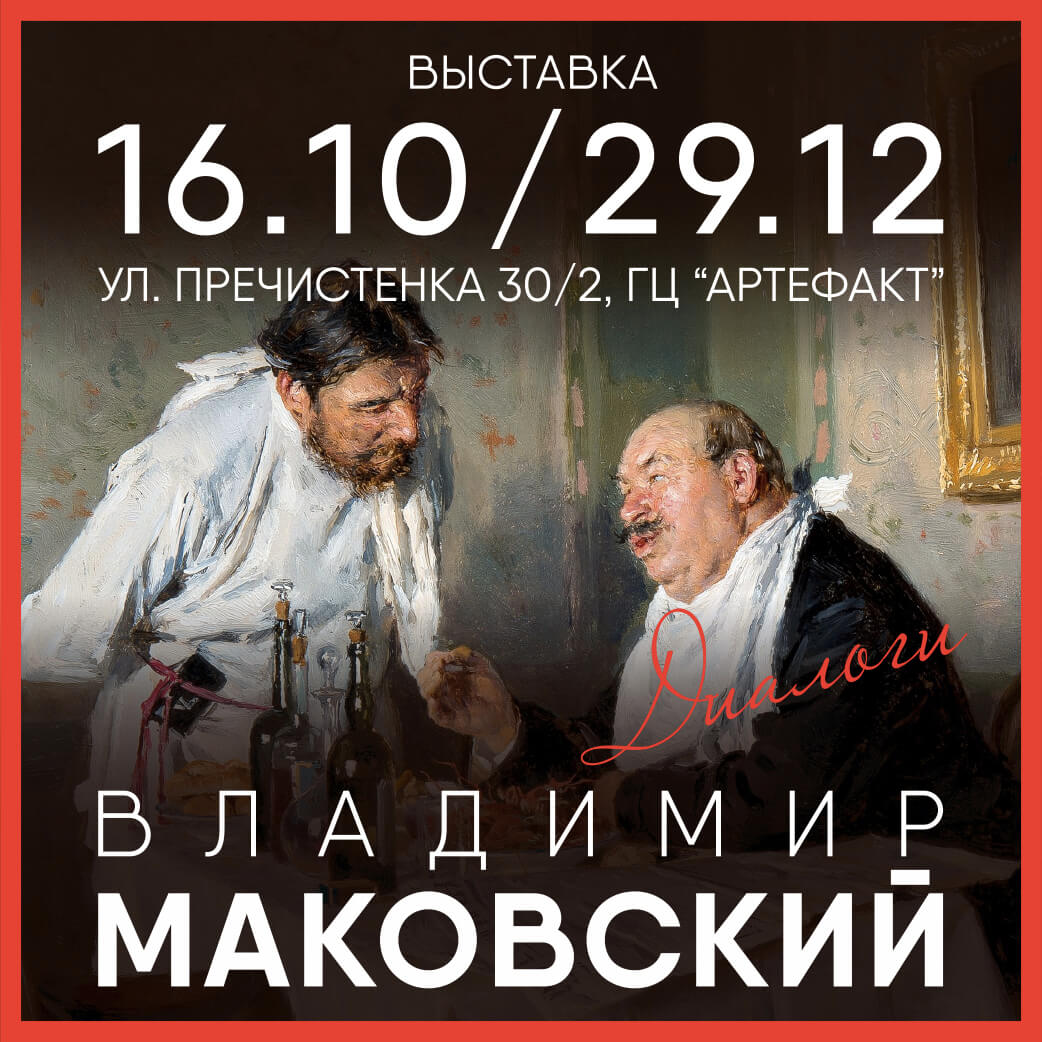Prehistoric Art - business women's hands?
Three-quarters of palm prints in the caves of prehistoric man are likely to have been made by women
Handprints in the caves of prehistoric man belong mostly women - believes the scientist from the University of Pennsylvania Source : nationalgeographic.com
According to a recent study conducted at the University of Pennsylvania , most of the prints of palms in the caves of prehistoric man was made by women. Opening of the American scientists refute centuries prevailed in historical science the notion that primitive artists were predominantly men .
accepted that men painted on the walls of caves to show off his hunting trophies and attract prey on a new hunt , because most of the rock art - this is the image of animals. But the drawings of bison, mammoths , horses and deer are almost always accompanied by dozens, hundreds of drawings of the human hand . These simple hand prints are fraught with much more information about the authors than it seems .
More than ten years ago archaeologist Dean Snow (Dean Snow) from the University of Pennsylvania caught the eye of British research biologist John Manning (John Manning), dedicated to the differences in the relative length of the finger of male and female hands. According to Manning , the ring and index fingers in women , usually of the same length , while in men the ring finger longer than index frequently . Dean's Snow arose a great idea : a British biologist finds use in the study of rock art - or rather, handprints on the walls of caves .
First Snow developed a method of determining the sex of a print of palm , based on the several parameters - the length of the fingers, the length of the palm, length ratio of the ring and index fingers , and the index finger and thumb . Then he tested the technique on people of European descent living in the University District . However, the error in this case was too high : it was possible to determine the sex of a drawing by hand of man with a 60 percent probability .
But fortunately for the scientist when it came to analyzing the primitive palm prints from the walls of caves , its method gave results much more accurate , with virtually no overlap. The palms of primitive men and women differed much stronger than that of modern humans .
Dean Snow studied hundreds of prints of the palms of the European caves , but most of these figures are too poorly preserved - for millennia they are partially erased or covered with spots. In the end, it was selected 32 best-preserved print , including 16 - out of the cave of El Castillo in Spain, 6 - from Gargas caves and 5 - of Pech - Merle in France. Examining them, archaeologist concluded that 24 of the 32 prints ( 75 percent ) are held by women .
Study Snow finds more questions than answers. If a scientist is right and handprints on the walls of caves left more often women , then , maybe they were the authors and other figures ? After the hunt primitive women actually know much more than we think - they dragged mining camp , were engaged in butchering carcasses , etc. and not less than men were concerned about how the hunt will take place .
Prepared by Mary Onuchina , AI
Source : nationalgeographic.com , artinvestment.ru
Permanent link to:
https://artinvestment.ru/en/news/artnews/20131017_handprints.html
https://artinvestment.ru/news/artnews/20131017_handprints.html
© artinvestment.ru, 2025
Attention! All materials of the site and database of auction results ARTinvestment.RU, including illustrated reference information about the works sold at auctions, are intended for use exclusively for informational, scientific, educational and cultural purposes in accordance with Art. 1274 of the Civil Code. Use for commercial purposes or in violation of the rules established by the Civil Code of the Russian Federation is not allowed. ARTinvestment.RU is not responsible for the content of materials submitted by third parties. In case of violation of the rights of third parties, the site administration reserves the right to remove them from the site and from the database on the basis of an application from an authorized body.


